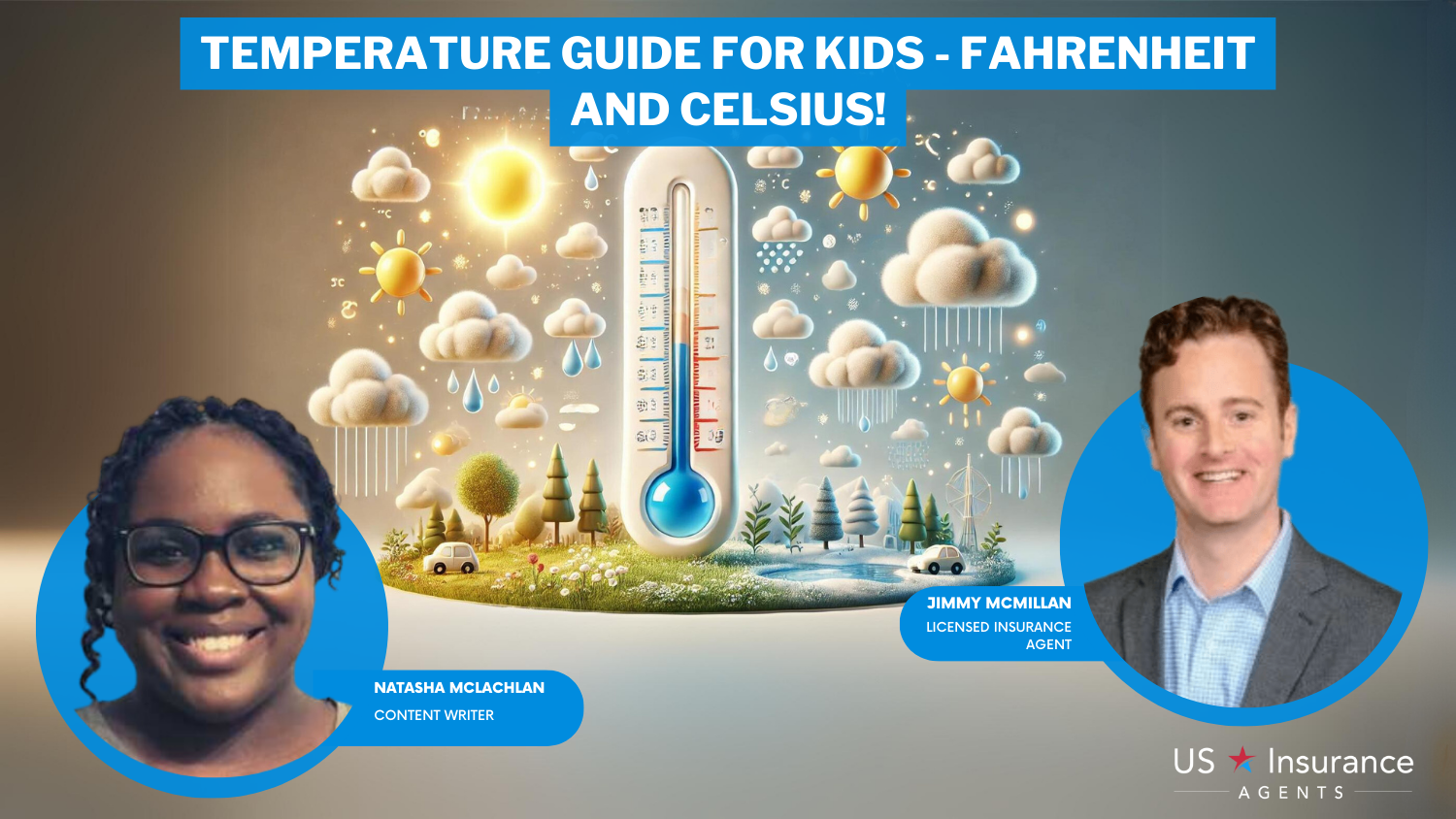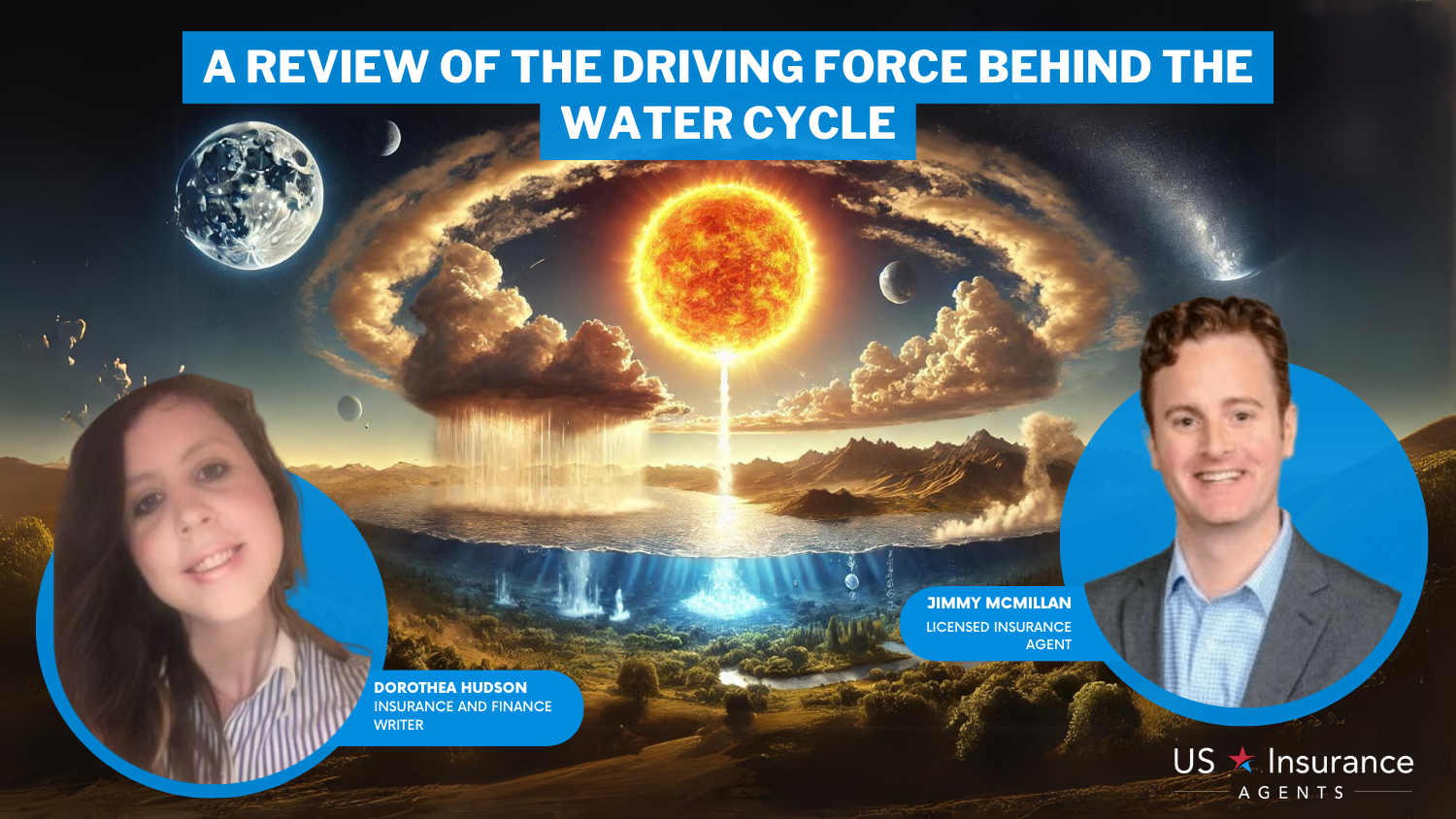 Post
PostA Guide to Simple Machines Used in Cars & Trucks
Simple machines were created to make work easier for people. They are the basis of more complex machines, such as cars. The six simple machines are wheel and axle, lever, pulley, inclined plane, wedge, and screw. Archimedes is responsible for his work in creating the lever, pulley, and screw. Simple machines began thousands of years ago and were employed throughout various civilizations to accomplish amazing tasks. The everyday items we use include many simple machines or groups of simple machines, called compound machines.
Simple machines were created to make work easier for people....







![Paycheck Protection Program for Female Business Owners [10 Best States + Insurance Advice]](https://www.usinsuranceagents.com/wp-content/uploads/2020/08/paycheck-protection-program-for-female-business-owners.png)
![Natural Ways to Clean Your Vehicle [Avoid Rust & Harmful Chemicals!]](https://www.usinsuranceagents.com/wp-content/uploads/2020/06/Natural-Ways-to-Clean-Your-Vehicle.png)

![Coronavirus Pandemic Readiness: U.S. School Districts Ranked [2025]](https://www.usinsuranceagents.com/wp-content/uploads/2020/05/f3a3bcc0-student-coronavirus.jpg)
![States with the Most (& Least) Gun Deaths [+ Causes]](https://www.usinsuranceagents.com/wp-content/uploads/2020/01/States-with-the-Most-Least-Gun-Deaths.png)
![The Most and Least Car-Dependent States [Complete Study]](https://www.usinsuranceagents.com/wp-content/uploads/2019/11/most-and-least-car-dependent-states.png)




